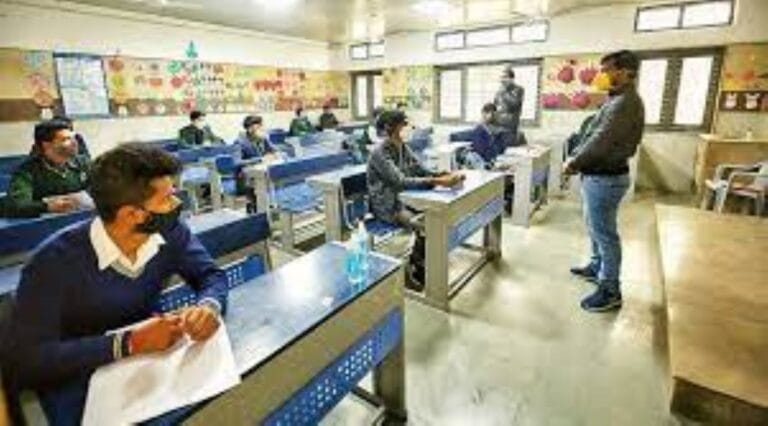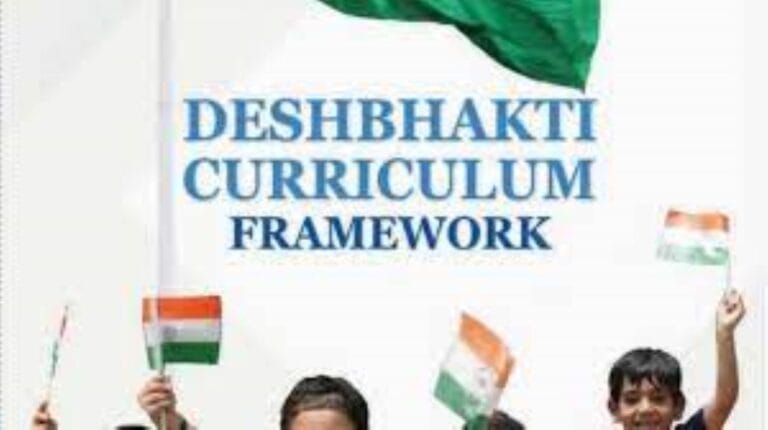Recent Blog
The CTET will take place from December 16 to January 13, 2022 in online mode...
Previously, students had to buy two Bare Acts: one with comments for studying and one...
United States has already issued 62,000 Indian student visas in 2021. With the US presidential...
The announcement came after the Delhi Disaster Management Authority (DDMA) authorized the Delhi government to...
Admission will be made by the National Testing Agency (NTA) through the Common National Entrance...
Tata Institute of Social Sciences, Mumbai will release the notification for TISSNET 2022 tentatively in...
Confidant Classes National Talent Hunt Exam (CCNTHE 2021) – your chance to win 100% scholarship...
The report, School Education Sector Initiatives 2020-21, shows that the digital divide has disproportionately affected...
Delhi Government Launches ‘Desh ke Mentors’ Program to provide Career Guidance to students. Mentors will...
The Joint Entrance Examination Advanced (JEE), the entrance test for admission to Indian Institutes of...
The Tamil Nadu Assembly has passed a bill to waive the National Entrance cum Eligibility...
IIT Madras has topped the list for the sixth consecutive year in the Engineering Category...
Delhi schools for class IX-XII, colleges, universities and Coaching institutes in Delhi will reopen in...
More than a year after its landmark verdict granting permanent commission to Indian military women...
On the eve of the 75th Independence Day, Delhi Chief Minister Arvind Kejriwal announced the...
















